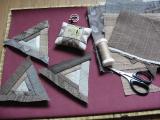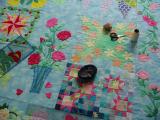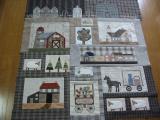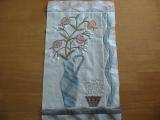ブログ
Cool Food
2010-09-08 (水) - 16:01 — waheiUnprecedented hot and humid summer in Otaru is gone, and the pleasant weather of autumn has come at last!
When Japanese pampas grass characterizing autumn of Japan can be seen here and there, and hearing beautiful sounds of insects, people feel the change of the seasons.
It was really a cool evening yesterday after a spell of hot weather.
Storehouses in Otaru
2010-09-04 (土) - 16:38 — waheiThere are many storehouses made of tuff that was abundantly obtainable as material for buildings in Otaru. They were built in the early 20th century when Otaru was most prosperous as a business center of Hokkaido.
Most buildings in those days were made of wood, and they were easily burnt down once they caught fire. Therefore, the merchants built fireproof storehouses to protect their valuables and commodities.
The images are some examples of those storehouses found in Wakamatsu and Nobuka areas near JR Minami Otaru Station.
Strolling Back Streets
2010-08-31 (火) - 17:52 — waheiOne of the Otaru’s charms is the atmosphere that is created by buildings and narrow back streets.
The small alley called “Denuki Koji” stretching along Rinkosen Street behind Otaru Museum Canal Annex is interesting to walk. You will find some tranquil feeling even though it is in the bustling tourist spot near the Canal.
The Old and The New
2010-08-28 (土) - 16:33 — waheiThe area around JR Minami Otaru Station was the business center of Otaru in the early 20th century.
There are many relics reminding of those flourishing days in this area. One of the examples is the storehouse made of stone. You can see many old storehouses here in Wakamatsu, Nobuka, Irifune areas. I am going to introduce the images of those storehouses in the near future.
The image is a typical old-time merchant house in Wakamatsu. The part of the brown wooden sliding doors must have been a shop.









